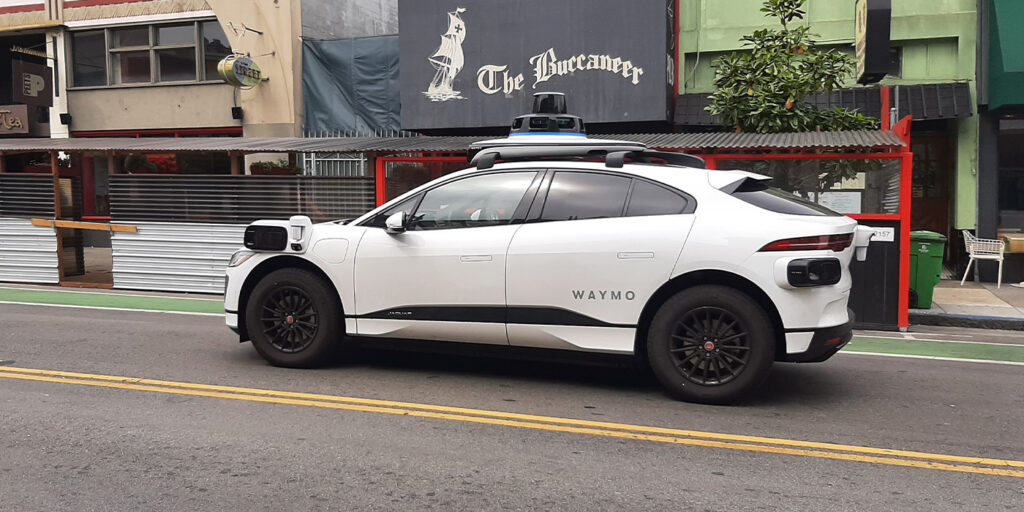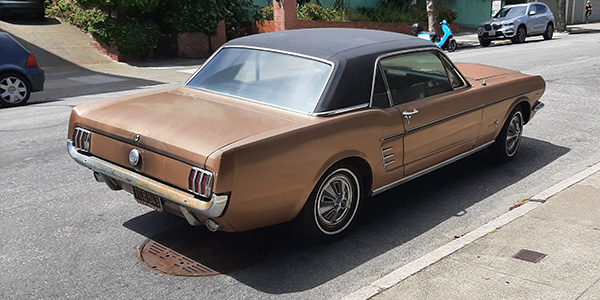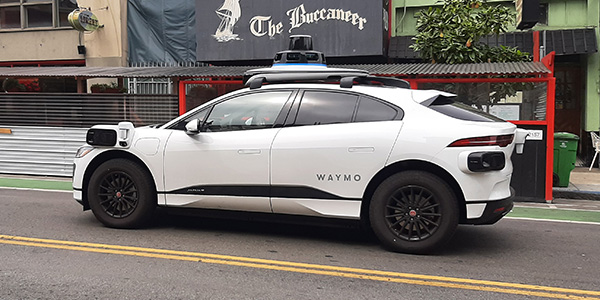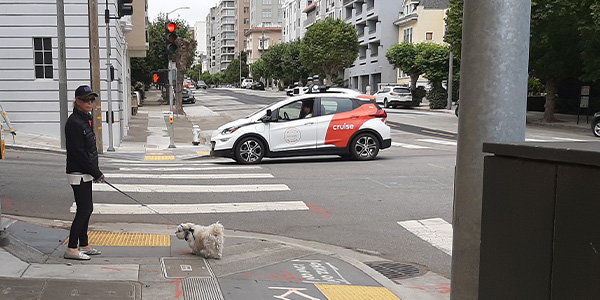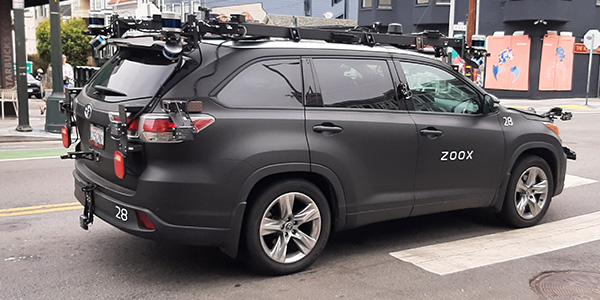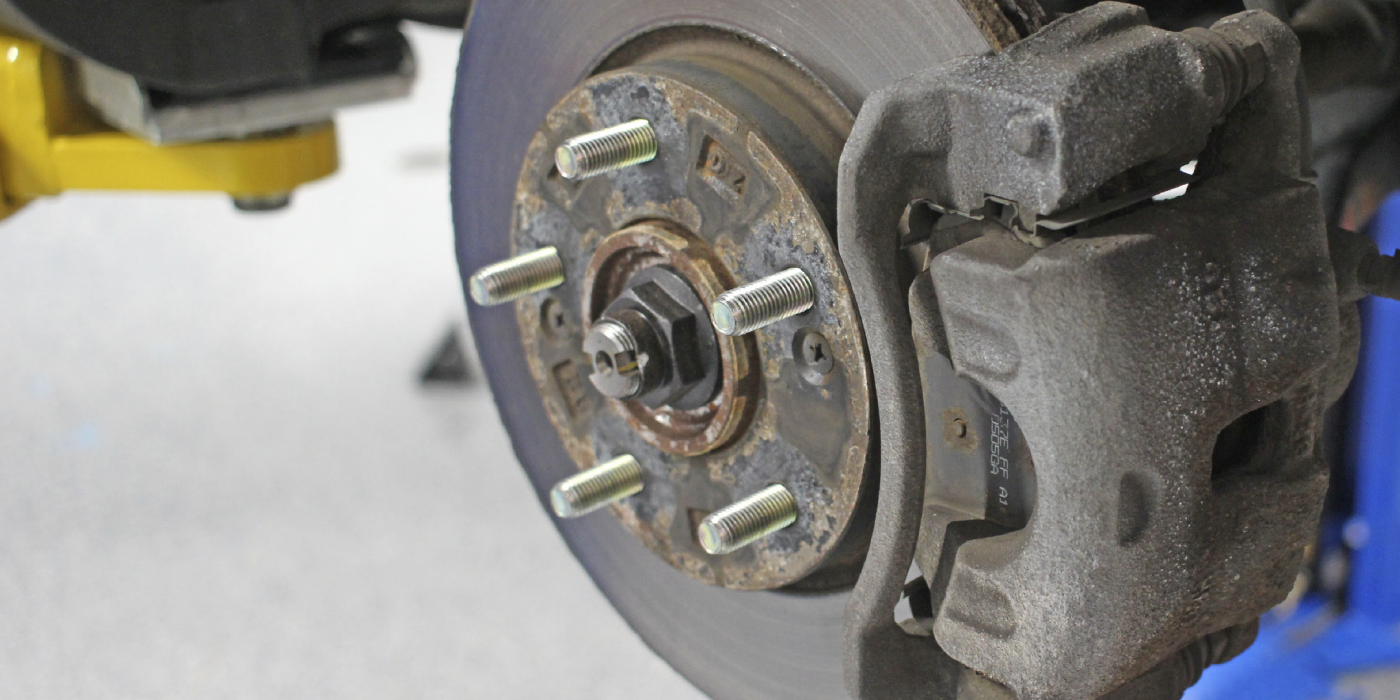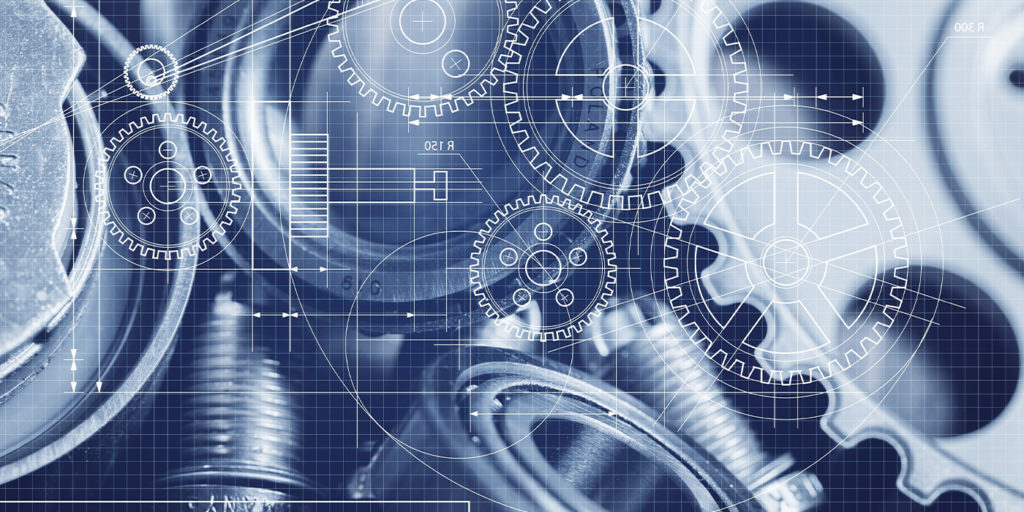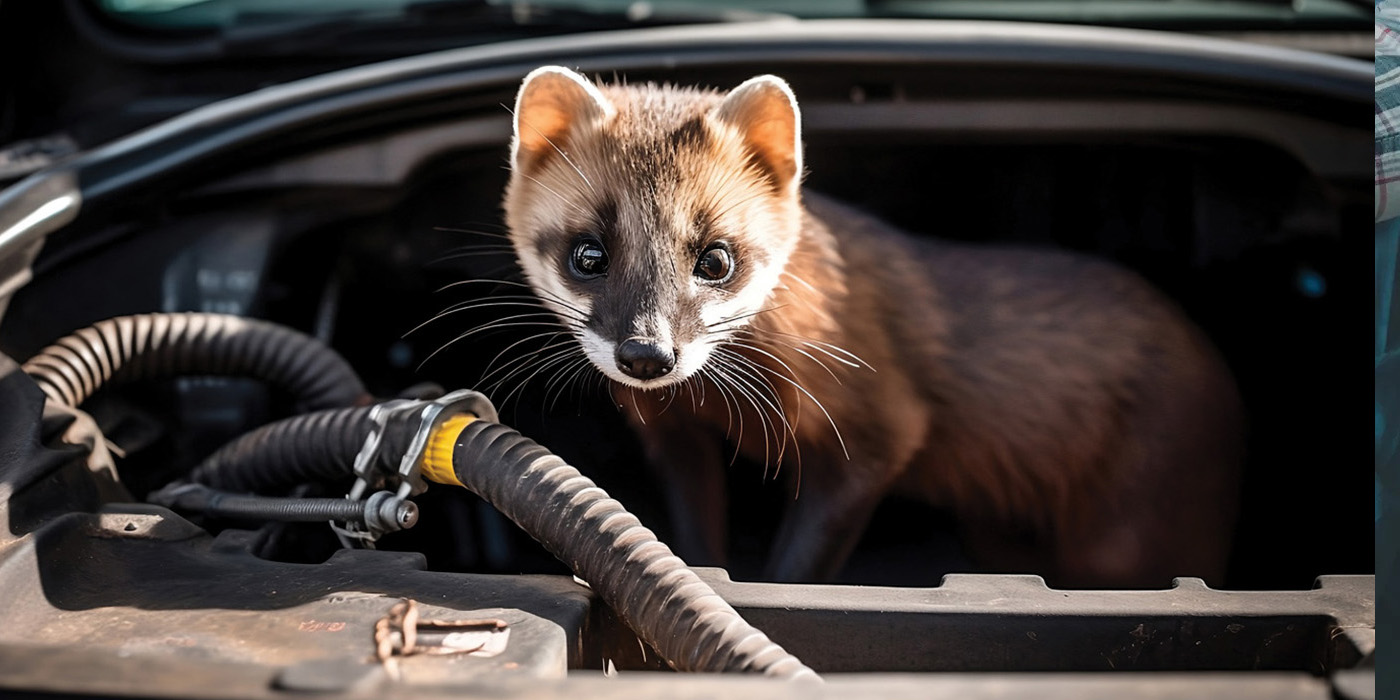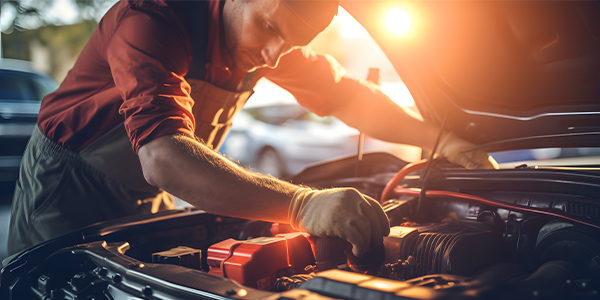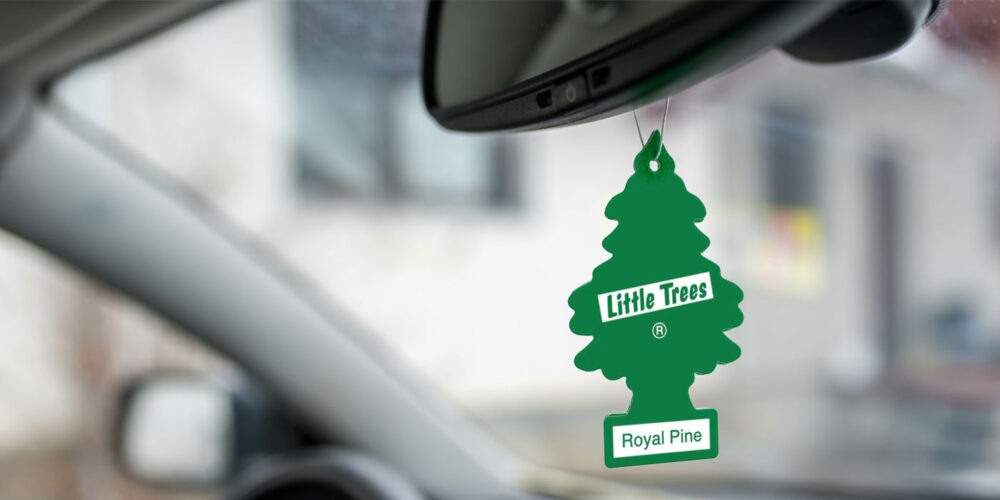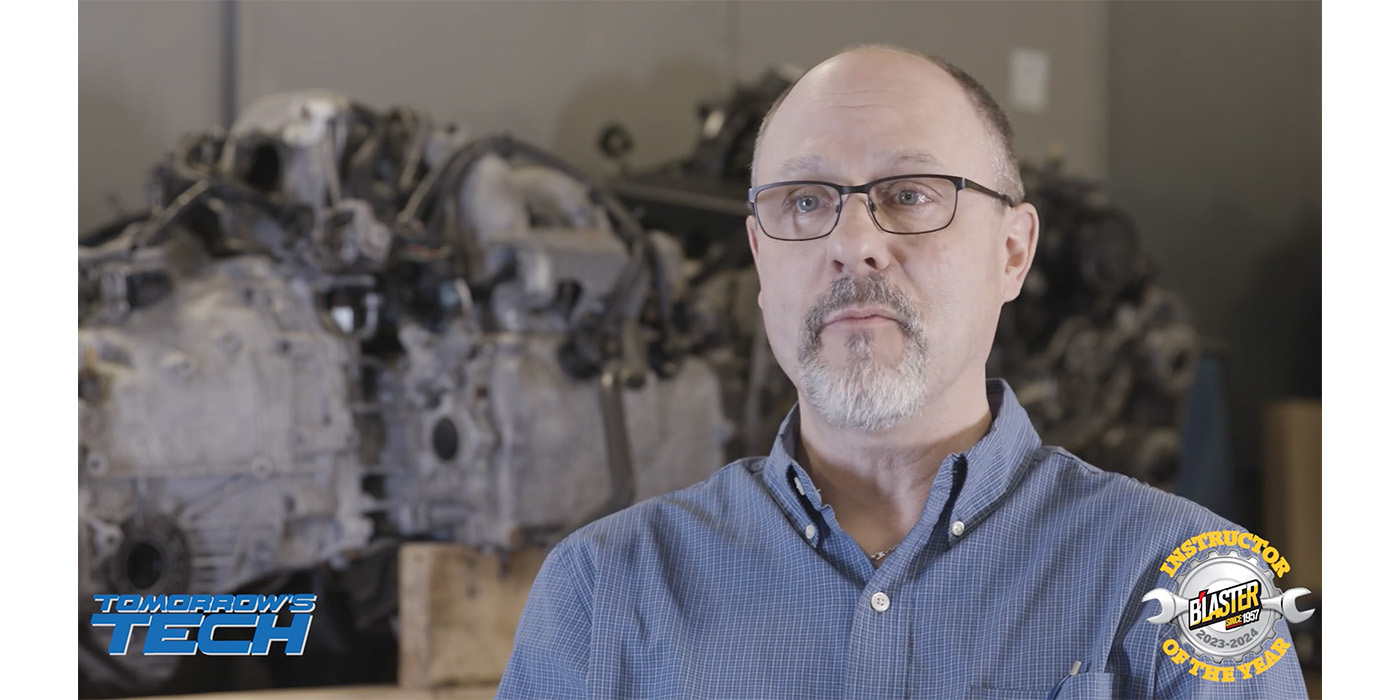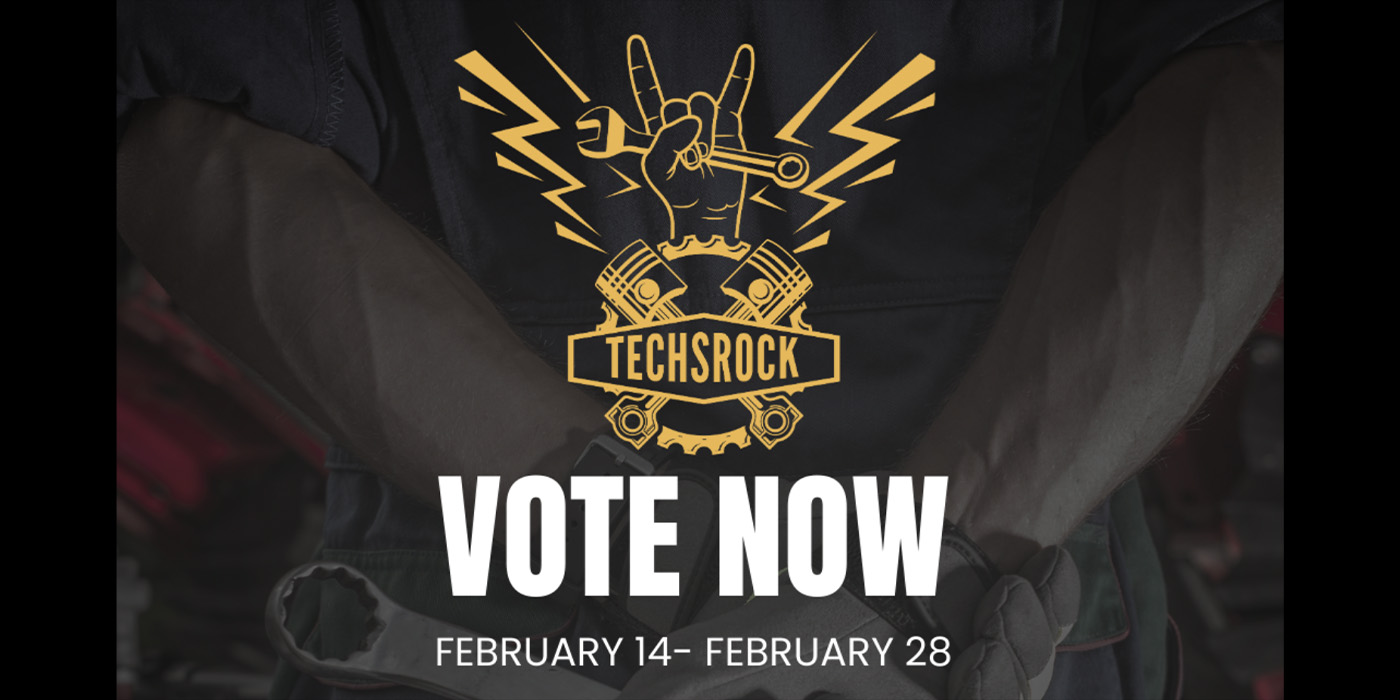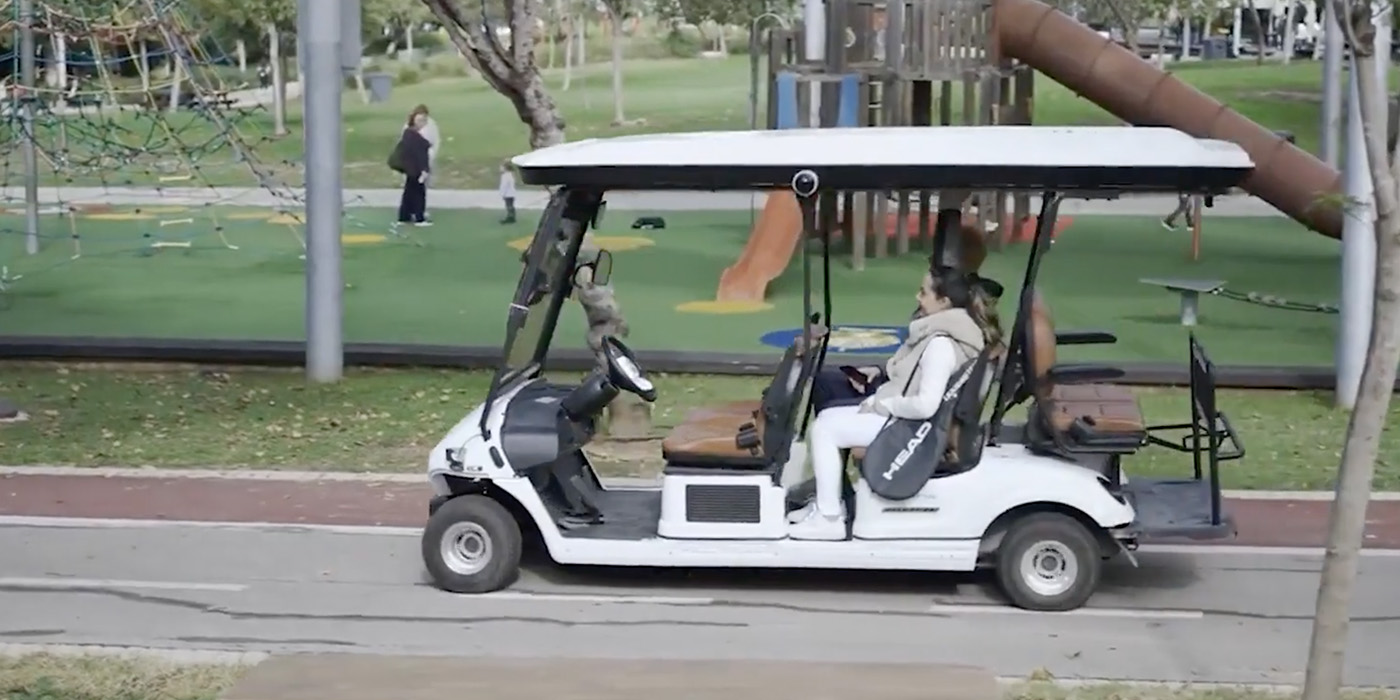Each year my wife and I take the time to visit our children on the west coast. I, being a native of New England and living in a remote area, do not get the luxury of seeing many advancements in automotive technology out driving around on the street. It’s always on YouTube, TV or videos and sometimes in magazines – yes, we still read magazines.
I have my hybrid plug-in Volt and I do see a few Teslas now and then, but the electric hybrid service market is all but non-existent here. We have worked on several Toyota Priuses and some Ford hybrids in the school shop or where I do my own auto repair but never on a regular basis. Most of the vehicles we work on are 10-20 years old.
I recently spent some vacation time in San Francisco, and I found a far different automotive world than I’m used to. One of my favorite pastimes has been to walk the streets and find vehicles from the past that you would never find as daily drivers in the great Northeast. I have seen old Mustangs, a few old trucks, and some VW bugs which are very popular. I also found the occasional Lamborghini and Maserati just sitting there on the street, waiting to be drooled upon – you would never see that in a northeast town.
On my most recent adventure I found myself staring at many autonomous vehicles running about. My wife thought I was off my rocker; I was in a frenzy! I couldn’t get my phone out fast enough, it was so exciting! Where do these come from? Who makes these?? It was enjoyable, to say the least.
My daughter lives on a very busy street and I caught a glimpse of a WAYMO logo on a car as it went by; then, up the next street another vehicle had CRUISE written on its side. The next thing I knew my camera was out waiting for what might come next. This made my trip all that more fun.
Yes, I was having a great time vehicle hunting. This was the most fun I’ve had since I saw my first Tesla – it was new and very exciting; I am definitely living in an alternative universe. I did catch a glimpse of a Toyota with what looked like a rack on the top and sensors all around it, but it was not very impressive.
In the Vocational School where I work (and play) I teach my students – or attempt to – the latest in automotive technology as I find it, and honestly as I learn it. We work through all the basic vehicle systems, and practice repairs of all types. We study diagnostic procedures, with the latest scan tools and scopes. My partner and I have done training on ADAS systems and Hybrid repair.
Unfortunately, we do not have the luxury of having this equipment on hand. Our students, who will work in the automotive field once they graduate, will need to understand this technology. They will be the technicians of the future, so they need to see this technology firsthand. This brings me to my most basic question: How do I get this information to my students when we barely see this in our geographical area?
How many rural repair facilities have the equipment and training to complete these repairs? Local shops can barely keep up with module programming and software updates. ADAS technology has been around for almost ten years and the training is often only found on-line in videos.
I have done research on aftermarket ADAS equipment, and the cost is in the neighborhood of $35,000 dollars. Why is this equipment not adaptable to our alignment equipment that is only three years old? In my opinion, if the aftermarket equipment manufacturers want to sell their newest equipment, they must get it and the training to use it, into the educational programs, so that we’re able to teach the next line of automotive technicians.
Certain geographical areas, mainly the large, populated areas, do see this technology firsthand, but outlying areas barely have electric plug-in car chargers – we are definitely playing catch-up. I can’t wait to bring some new and exciting information into my classroom in the fall. I hope I can provide some assistance to local repair businesses in my part of this busy exciting world. I learned at an early age to grow with technology and except what comes my way. Now my students must do the same.
Michael McCarron is one of the ASE-certified automotive instructors at McCann Technical Vocational High School in Adams, MA. What’s your take on the automotive industry as it relates to your classroom? Share your opinion with us and your peers at our new Contributor Portal.
Photos by Samuele Errico Piccarini on Unsplash and Roberto Nickson on Unsplash.

